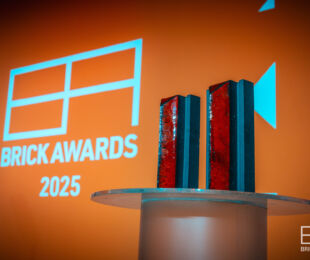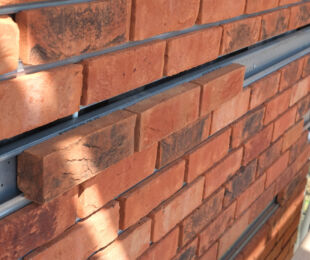
The brick and tile industry is a vital member of the European industry and a local economic stimulator. Clay bricks, blocks, roof tiles and pavers are durable, affordable and provide comfortable, safe and healthy homes to millions of people. They combine traditional architectural heritage with innovative as well as future-oriented construction methods and offer valuable solutions to save energy and reduce greenhouse gas emissions in the building sector.
CO2 FACTS:
- The European clay brick and tile industry has a high energy and high CO2 intensity. Around 30% of our emissions stem from raw materials (carbonates in the clay) and are unavoidable. The remaining emissions originate in the high firing temperatures in the manufacturing process.
- Since the 1980s, the sector has reduced the specific CO2 emissions by around 30%. Meaning we have invested heavily in engineering innovations to improve the efficiency of our manufacturing process. Furthermore innovations in product design have delivered modern and energy efficient buildings.
- The European clay brick and tile industry has low transport related emissions. Most of our production sites are close to clay quarries and we are also close to our customers. That is why bricks don’t travel long distances and why our products cater to regional building traditions as well as technical norms & standards.
- Our industry consists of many, but very small installations, most plants emit less than 25,000 tons CO2 /year. Even though 5 –10% of all EU ETS installations are clay brick and roof tile manufacturing plants, we are responsible for less than 0,5% of all industrial emissions.
We face intense competition with other building materials (namely concrete masonry including Calcium Silicate and AAC blocks), which receive Carbon Leakage protection within the EU ETS. This results in the impossibility for our industry to pass through additional costs onto costumer prices without a significant loss of market share to competing building materials. Furthermore, clay building materials show the lowest global warming potential over the whole lifecycle of a building compared to other materials.
Based on lower labour costs, environmental costs and energy costs, producers from outside of the EU put high pressure on the market. Many plants have been closed in Europe because of low demand during the economic crisis. Despite economic improvements in some European countries, high operating costs continue to limit the profitability of installations. In contrast, during the same period many new plants have been built in neighbouring regions such as the Maghreb, Turkey and Russia.
The clay brick and roof tile manufacturers would like to continue investing in energy (and in turn CO2) efficiency. However, breakthrough technologies are required to further reduce CO2 emissions. Such breakthrough technologies are visible yet but economically not viable: they will need dedicated research, time, high investments and a supportive legal framework to develop, commercialise and deploy.
To download the full document please click here.
FOR FURTHER INFORMATION:
Tiles & Bricks Europe AISBL, 12 Rue Belliard, 1040 Brussels, Belgium, +32 (0)2 808 38 80, www.tiles-bricks.eu



